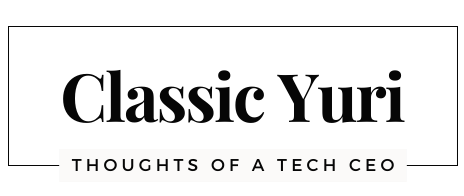It's a common perception out there that regulation stifles innovation by putting outside constraints on an industry. Regulations make it more difficult to create something new, let alone try to gain a competitive advantage.
Such perspective is simply wrong. Innovation's objective is to solve a problem, you need a problem to innovate on. You cannot innovate in a vacuum, if possibilities are endless, there's no opportunity to create. For an innovation to be such, it has to disrupt the status quo.
External constraints, then, provide a framework where you can start to think creatively, your very ability to do so comes from the existence of these constraints. Limitations are the stuff great ideas are made of: how to achieve goals within a set of parameters.
Fred Brooks makes a strong point about it in his classic work "Mythical Man Month":
There are many examples from other arts and crafts that lead one to believe that discipline is good for art. Indeed, an artist's aphorism asserts, "Form is liberating." The worst buildings are those whose budget was too great for the purposes to be served. Bach's creative output hardly seems to have been squelched by the necessity of producing a limited-form cantata each week. I am sure that the Stretch computer would have had a better architecture had it been more tightly constrained; the constraints imposed by the System/360 Model 30's budget were in my opinion entirely beneficial for the Model 75's architecture.
Similarly, I observe that the external provision of an architecture enhances, not cramps, the creative style of an implementing group. They focus at once on the part of the problem no one has addressed, and inventions begin to flow. In an unconstrained implementing group, most thought and debate goes into architectural decisions, and implementation proper gets short shrift.
If everyone in healthcare has to work under the same set of regulations, it's up to your creative mind to innovate your way into a competitive advantage. The bar is set pretty low as is, so coming up with ideas shouldn't be hard. Here's a free one: give patients and members access their data. Here's another: allow them to make basic operations without calling customer support.
You will notice that these things, while obvious, are not easily achieved. This brings us to the second point about innovation in our industry: it's not about tech. It's about cooperation with multiple stakeholders, corporate buy-in, research, listening to your members and patients, convincing your team and overcoming all kinds of business obstacles. Therein lies the difficult part.
Innovation in a heavily regulated industry is not impossible to achieve. Banking is doing it beautifully. So is e-commerce. So are airlines. What's stopping healthcare? Let's get to work!


